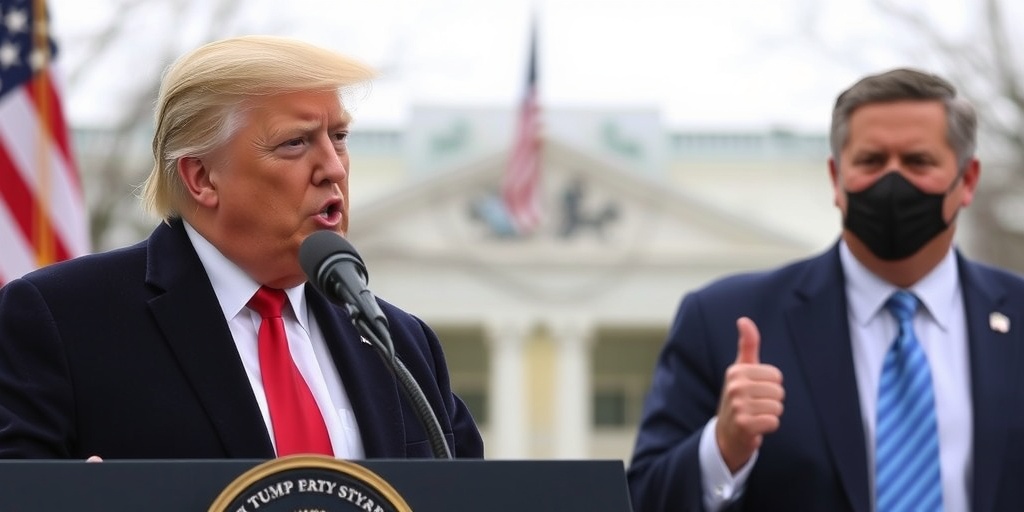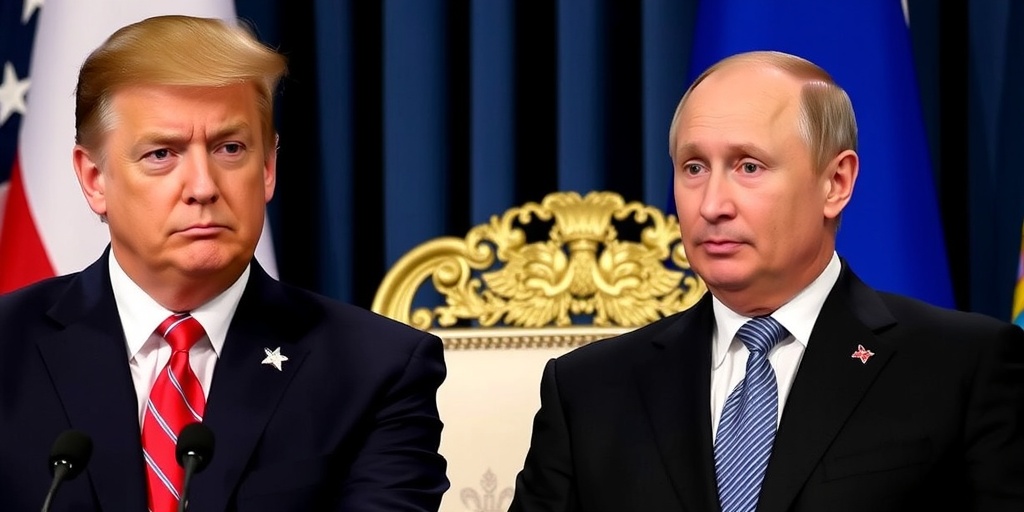Now Reading: Trump’s Dilemma: Would a Shutdown Aid or Hurt His Cause?
-
01
Trump’s Dilemma: Would a Shutdown Aid or Hurt His Cause?
Trump’s Dilemma: Would a Shutdown Aid or Hurt His Cause?
Government Shutdown Debate: Implications for Presidential Power and Federal Programs
In a surprising move, Senate Minority Leader Chuck Schumer, a Democrat from New York, announced his intention to vote with Republicans to facilitate the passage of a stopgap spending bill. During his announcement, Schumer expressed concerns over the potential consequences of a government shutdown, suggesting that it would significantly empower former President Donald Trump and billionaire Elon Musk to undermine federal agencies and programs.
Schumer articulated the gravity of a shutdown, stating, “Under a shutdown, the Trump administration would have full authority to deem whole agencies, programs, and personnel nonessential, furloughing staff with no promise that they would ever be rehired.” This statement reflects a fear among some Democrats that a shutdown could embolden Trump’s administration to implement drastic cuts to government functions.
However, Schumer’s stance quickly drew criticism from numerous Democrats, who were both surprised and angered by his decision to side with Republicans. Many argued that extending funding with the stopgap bill would provide the Trump administration and Musk’s newly established Department of Government Efficiency with the latitude to execute executive orders that may further erode governmental oversight and accountability. As they see it, it is the spending extension that could perpetuate Trump and Musk’s ability to reshape government operations while circumventing Congressional authority.
This political division among Democrats raises a complex question: Does a government shutdown enhance or diminish executive power?
Understanding what occurs during a government shutdown is crucial. Typically, essential government functions continue, but many federal employees and contractors are furloughed without pay, pending Congressional action to restore funding. Federal agencies establish contingency plans to determine which operations remain active and which employees are essential during a shutdown. Ultimately, the authority to deem what is “necessary” falls to the White House’s Office of Management and Budget, which at this point is led by Russell T. Vought.
During Trump’s first administration, Vought took strides to widen the scope of essential personnel, thereby increasing the number of federal employees required to continue working despite funding shortfalls. Conversely, he has indicated a desire to significantly reduce the size of the federal government, attempting to rescind previously approved funding for various agencies, creating a complex dynamic during government shutdowns.
According to Laura Blessing, a fellow at Georgetown University’s Government Affairs Institute, the uncertainty surrounding government shutdowns, especially under Trump’s leadership, complicates predictions about the impact on federal operations.
Shutdowns grant the executive branch substantial discretion regarding government functionality in the absence of spending authority. Jessica Riedl, a senior fellow at the Manhattan Institute, noted, “When there is a government shutdown, the president has almost full flexibility to shut down discretionary spending that he does not consider to be essential.” Trump and Musk have previously acted unilaterally to cut funding for programs and agencies they oppose, such as the U.S. Agency for International Development. While the shutdown could allow them to dictate which programs receive funding and which do not, the associated legal complexities may pose challenges, as evidenced by recent lawsuits against the administration.
Under a funding extension decision, Senator Patty Murray of Washington raised concerns about the implications of passing a temporary funding bill. She contended that such a measure would effectively allow Trump and Musk to dictate spending priorities, compromising essential funding for working-class Americans.
Regular spending bills typically provide clear directives regarding federal fund allocation for the fiscal year. In contrast, temporary funding extensions merely extend current funding levels without imposing cuts or alterations. Many Democrats believe this approach would grant Trump’s administration considerable discretion over federal finances, risking a departure from previously established budgets.
Riedl, however, explained that while a temporary extension maintains funding levels, presidents are generally expected to adhere to Congressional allocations unless explicitly modified. “The president can’t just eliminate the Department of Education or send all the employees of a certain department home,” she emphasized. “He still must carry out the program and maintain spending at the required rates.”
Despite this expectation, Trump’s administration has consistently signaled that it does not view itself as beholden to Congress’s funding mandates. Senator Christopher S. Murphy, a Democrat from Connecticut, expressed deep reservations about the ramifications of the funding bill, stating, “Trump and Musk are going to continue acting illegally no matter what this funding bill says.” He added that by supporting the funding extension, Democrats risk publicly endorsing practices that favor billionaire interests at the cost of undermining the rule of law.
Given these dynamics, the debate surrounding the stopgap spending bill underscores the delicate balance of power between the executive branch and Congress and the far-reaching implications a government shutdown could have on federal operations and programs in the coming months. As discussions continue, both parties must navigate this precarious political landscape carefully.
Stay Informed With the Latest & Most Important News
Previous Post
Next Post
-
 01New technology breakthrough has everyone talking right now
01New technology breakthrough has everyone talking right now -
 02Unbelievable life hack everyone needs to try today
02Unbelievable life hack everyone needs to try today -
 03Fascinating discovery found buried deep beneath the ocean
03Fascinating discovery found buried deep beneath the ocean -
 04Man invents genius device that solves everyday problems
04Man invents genius device that solves everyday problems -
 05Shocking discovery that changes what we know forever
05Shocking discovery that changes what we know forever -
 06Internet goes wild over celebrity’s unexpected fashion choice
06Internet goes wild over celebrity’s unexpected fashion choice -
 07Rare animal sighting stuns scientists and wildlife lovers
07Rare animal sighting stuns scientists and wildlife lovers



















